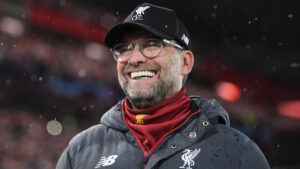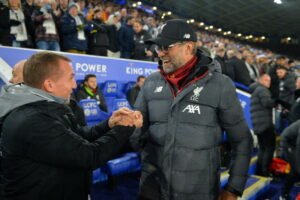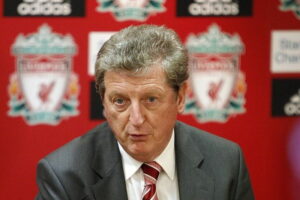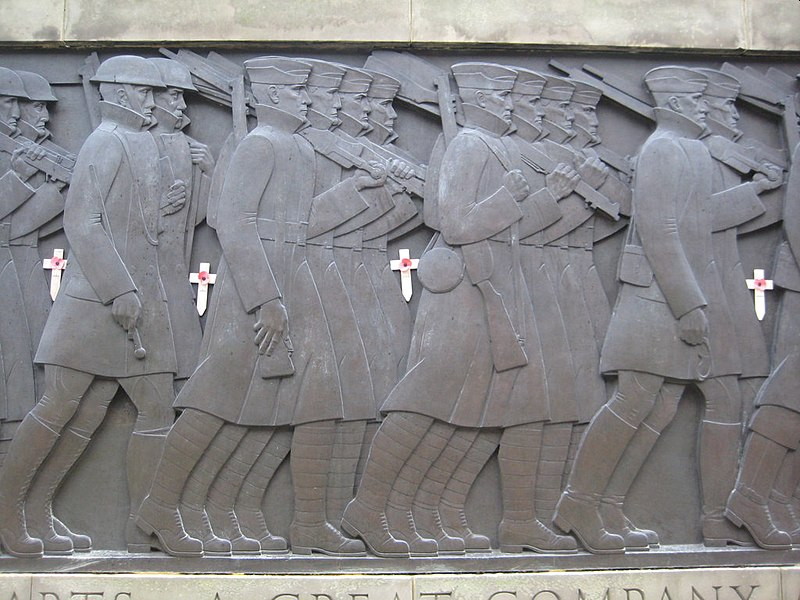
The world is an ever-developing place, which was especially the case during the early part of the 20th century. Though wars had always been fought across various continents, the development of both transport and weaponry meant that this could be pushed even further during the 1900s. The First World War broke out in 1914, with most people in the United Kingdom expecting it to be over fairly quickly. We know now that it wasn’t, of course, not reaching its conclusion until 1918. You might think that such a severe loss of life would result in it never happening again, but we know that isn’t true either.
The Second World War, driven by the rise of Adolf Hitler in Germany, began in 1939 and lasted even longer than the ‘Great War,’ not coming to an end until 1945. There was another huge loss of life, especially in Europe. Both times, football was seen as one of the least important things, but also as a way of keeping people happy. The story about people on the front line playing football in no man’s land stands out for a reason: it not only shows them as being humans, just like each other, but it also demonstrates how football can be the great leveller, bringing people together.
Liverpool & The First World War
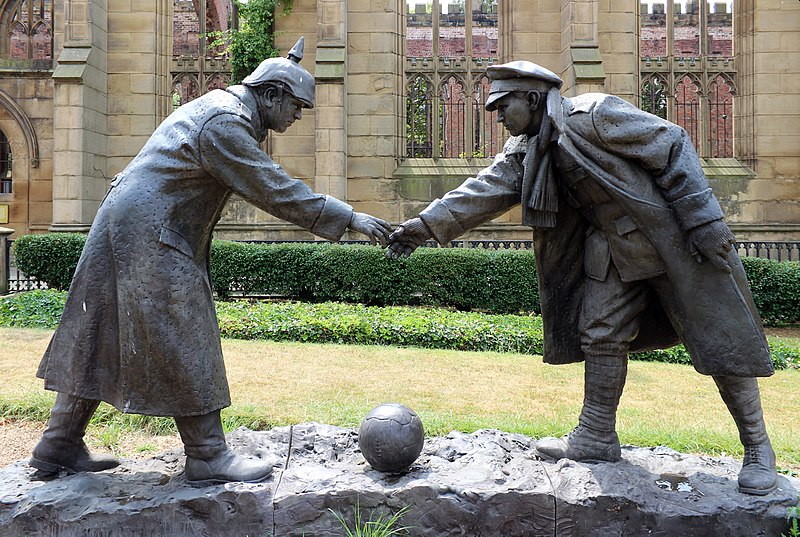
On the fourth of August 1914, war broke out. It sparked a battle not just across Europe, but in England too. There was an internal conflict around sport, with the key question being about whether football should continue to be played or not. To begin with, football won the fight. The 1914-1915 campaign got underway as if there was no war happening, with most people convinced that it would all be over by Christmas. For Liverpool, attendances fell a little but there wasn’t much else worth mentioning. The club even finished mid-table, as it had done plenty of times since 1905-1906.
In fact, the only thing of note was the fact that the Reds effectively handed the title to Everton when they defeated Oldham on the final day of the season, all but securing the top-flight championship for their city neighbours. By the time the season drew to a close, however, it became clear that the war was more serious than many people had realised. The number of casualties alone was enough to force the abandonment of the league programme was it would normally have taken place. It means that the 1915-1916 campaign was sporadic at best.
The clubs that made up the Football League held their Annual Meeting and decided that, rather than an over-arching league, it would make sense to have a number of different regional tournaments instead. One such area was Lancashire, which was partly a reflection of just how dominant the area was as far as the top-level of football was concerned. That was evidenced by no team geographically lower in the country than Birmingham won the top-flight title until Arsenal managed it in 1931. The other regions were London, the Midlands and the South-West.
The wasn’t a league, with the word ‘tournament’ being the key one. There was an extent to which the matches appeared to be little more than friendlies, with the Liverpool Echo calling the match between Liverpool and Stockport that was played on the ninth of October in 1915 exactly that. The fact that Sheffield United had to ask a supporter to make up the numbers for them in their match against Leeds City perhaps helps to explain why many publications dismiss what happened during the First World War in just a sentence or two, such was the extent to which it isn’t viewed seriously.
The Lancashire Competition
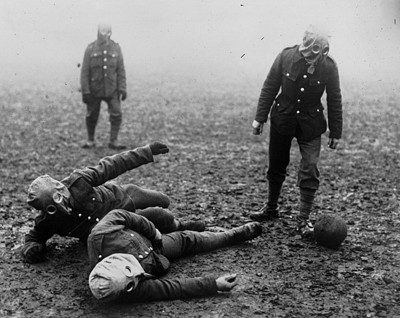
Crowds that attended football matches featured more than a few soldiers, there either because they were on leave or because they had been injured. The normality of watching a football match must have provided them with some relief when compared with the horrors of war. For the Lancashire competition, there were 14 teams that were included, as opposed to the usual 20 that made up the league. The likes of Rochdale and Stockport were brought in to play matches, in spite of the fact that they normally plied their trade below the Second Division, with Stoke City also playing games even though Stoke isn’t in Lancashire.
One of the biggest problems for clubs emerged as the ‘Principal Tournament’ began to draw to a close. There were 26 games that were played, leaving a six-week gap during the spring of 1916. This period of time left clubs without any sort of income, given that neither football nor cricket was being played. A solution was presented in the form of two mini-tournaments, running parallel to each other and with each using six clubs. These matches took place after the end of the Principal Tournament on the 26th of February in 1916, with no real link between the Principal Tournament and the Supplementary one.
In order to try to learn the lessons from the 1915-1916 campaign, more clubs were added to the Principal Tournament in the form of Blackburn and Port Vale. The 16 clubs would have resulted in the season being too long if they’d just been split in two, but 16 divided nicely by four. The result was that the Supplementary Tournament was played as four groups of four for the remained of the First World War. Liverpool were in Group B originally, moving to Group A for a time before finally playing in Group D. The 1916-1917 season saw the Reds actually win the Principal Tournament.
There is often a feeling that falling attendances were what paid to the idea of football being played during the First World War, but that wasn’t Liverpool’s experience. During the 1914-1915 season, Liverpool’s average attendance fell from 20,200 to 19,000 after new year, but that was as much to do with two strangely low attendances in 3,000 against Newcastle and 4,000 against Sheffield United as anything else. Here are the average Anfield gates for the inter-war seasons:
- 1915-1916 – 14,500
- 1916-1917 – 21,500
- 1917-1918 – 17,400
- 1918-1919 – 25,000
For Liverpool, there was a need to use what became known as ‘war guests’ during the period between 1915 and the end of the First World War. In fact, there were no competitive matches played that didn’t involve one such war guest lining up for the Reds, with 378 appearances racked up from the 62 players that were recruited for random matches. With Elisha Scott being absent, goalkeeper was one of the trickiest spots to fill, with wingers Jack Sheldon and Jimmy Nicholl also not around to play. It was Elisha’s brother Wiliam who played in his stead a lot of the time.
Here are Liverpool’s league finishes during the First World War period:
| Season | Principal Tournament | Subsidiary Tournament |
|---|---|---|
| 1915-1916 | 6th out of 14 | 3rd out of 6 |
| 1916-1917 | 1st out of 16 | 3rd out of 4 |
| 1917-1918 | 2nd out of 16 | 1st out of 4 |
| 1918-1919 | 3rd out of 16 | 1st out of 4 |
Liverpool In the Inter-War Periods
For Liverpool, the inter-war years were mostly quite kind. The club’s manager, Tom Watson, had died on the sixth of May 1915, not as a result of the war but thanks to pneumonia. When the sport resumed in 1919, David Ashworth was given the manager’s role. The Reds finished fourth in 1919-1920 and were also present when George V became the first ruling monarch to watch a league match, attending our match versus Manchester City. It was fourth place again the following year before Liverpool won the title once more at the end of the 1921-1922 campaign.
It was back-to-back titles for the Reds after former player Matt McQueen, who was also a Director at the club, was given the manager’s job when Ashworth left to be closer to his wife and daughter. As the team aged, however, the club’s fortunes declined. They failed to win their third successive title, instead finishing 12th. It was fourth again the following season, which ended up being the club’s highest finish before the Second World War broke out. The offside rule was changed for the 1925-1926 campaign, leading to more goals and big wins for the Reds against the likes of Manchester United and Newcastle United.
The club’s form continued to drop during the 1930s, avoiding relegation at the end of the 1933-1934 season by just four points. Part of that was due to the decline that had occurred to Elisha Scott’s form, with the veteran goalkeeper conceding nine against Newcastle United. A new goalkeeper saw a slight upturn in form, but regular finishes in the lower half of the table saw many of our best players leave. That included the departure of Gordon Hodgson, who scored 233 goals in 358 appearances, seeing Liverpool finish 19th out of 22 in the season after he left for Aston Villa.
Liverpool & The Second World War
For many, the First World War was so awful, so overwhelmingly horrifying, that there was a feeling that it should never happen again. Part of the plan to make that happen was punishment of Germany that was seen as severe. Had the victorious side been more magnanimous in victory, would that have stopped the rise of Adolf Hitler? It is extremely unlikely, given his psychotic nature. His rise to power precipitated the outbreak of World War II, however, and football once again had to figure out what the right way to react was to the likelihood of people losing their lives.
The 1939-1940 season began as normal, but when the Second World War broke out all first-class football in the country was brought to a close. When the football resumed, the decision was taken to play competitions on a regional basis in much the same way as it had been played during the First World War. The Football Association had declared all players’ contracts null and void, with the hope once again being that football could resume by Christmas when the war was over. The footballers were encouraged to join up with the Territorial Army, benefitting the country but keeping their freedom.
During the Second World War, 76 Liverpool players served in the armed forces. Matches still took place, of course, but there were strict rules in place around the likes of the number of spectators who were allowed to attend. The FA Cup was cancelled and a travel-limit of 50 miles was imposted on teams. Football was on life-support, but it hadn’t been declared quite yet. The clubs put pressure on the government and many of the restrictions were relaxed. The Football League gave permission for leagues to be formed, with the events controlled by the police for safety.
Liverpool as a city was bombed heavily during the war, with Hitler understanding the strategic importance of the port. Even so, Anfield remained under Liverpool’s control. Other stadiums suffered far worse damage, include Old Trafford and Goodison Park. The leagues that were formed saw players being cobbled together from different teams to ensure sides could take to the pitch, with Liverpool being placed in the Western Division with the following other sides:
- Chester
- Crewe Alexandra
- Everton
- Manchester City
- Manchester United
- New Brighton
- Port Vale
- Stockport County
- Stoke City
- Tranmere Rovers
- Wrexham
Friendlies continued to be played, usually taking place between teams in the same division. During 1939-1940, for example, the Merseyside Derby took place seven times. What made things even more complicated was the fact that some matches were being allowed to contribute to more than one competition at the same time. There were also some incredible scorelines, with Liverpool beating New Brighton 6-0, Crewe and Manchester United 7-0 apiece and both Port Vale and Tranmere by 8-0, all during the same season when the league itself was suspended.
The Blitz Ends Football
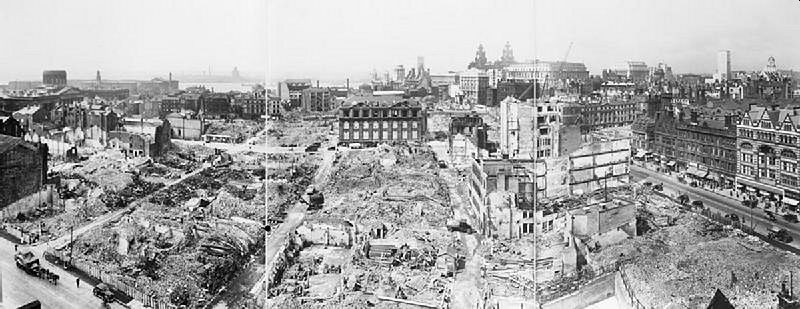
In the summer of 1940, the Blitz began. It was an intense period of bombing that resulted in the decision to call even the arrangement that was in place for 1939-1940 to be draw to a close. It wasn’t just the damage being done to football grounds or even the absence players that were problematic but also the fact that an air-raid siren might interrupt a match at any moment. Instead of things carrying on the way that they had been arranged, a simplified league was introduced that saw a north and south division, with positions decided according to average points won.
The idea was that this would allow for some teams playing more games than others, but it was widely criticised and soon abandoned. The Football Associations of Wales and England then introduced a system that was remarkably complex, to the point that it is difficult to even explain what happened. Not even the supporters seemed to take things very seriously, with 19,000 people at Anfield for Liverpool’s game against Chelsea the day before war was declared, but only 4,000 people turning up to see us play Port Vale on October the 28th, with lower figures than that recorded.
Football Sort Of Resumes
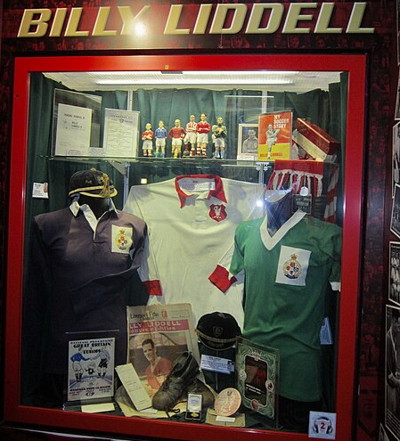
By 1942, people realised that the Luftwaffe were mostly coming at night to do their bombings. Germany were also at war with Russia, meaning that they had a problem to the east to deal with. As a result, attendances began to pick back up. On the 30th of May, for example, more than 13,000 people turned up to watch the Merseyside Derby. Five-figure totals were not uncommon during the 1942-1943 campaign, with over 51,000 people watching the second match that we played against Everton in the space of ten days, with the game occurring on the 31st of March 1945.
George Kay was vocal about football teams paying players for results that they managed to achieve during wartime competitions. Only 30 shillings a week had to be paid to players with bonuses, which was seen as a small amount but enough to try to ensure their welfare. The Football League rejected Liverpool’s proposed bonus scheme, saying that offering them bonuses was akin to saying that they wouldn’t be trying properly otherwise. As with the First World War, teams needed outside players to come in in order to make up the numbers, with numerous well-known names running out in Red as a result.

